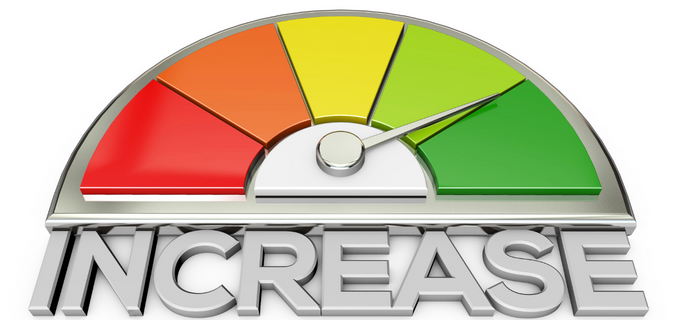There is an assumption that people can pick up new tools and technology with a Constituent Relationship Management (CRM) platform. But that’s a detriment to user adoption.
Here are three tips to help increase user adoption of your CRM platform.
Integrate Single Sign-on (SSO)
Everyone is dealing with multiple usernames and passwords in every facet of life. When it comes to an end user, tacking on another username and password can feel frustrating, even if it’s intended to increase the security of your CRM.
Instead, develop a strategy to leverage existing network security and authentication methods. Incorporate a single sign-on (SSO) to eliminate frustrations, increase efficiency, and the overall success of your CRM project. With this technology, users will seamlessly transition their existing username and password to the new system.
Establish Document Management
Another method for increasing the success of user adoption of your CRM platform is establishing a document management system. A document management system reduces costs, automates tedious manual processes, and makes work more efficient.
However, your staff may not be excited about the benefits of a paperless office as it incurs a new way of doing things. And many employees tend to continue doing things the way they’ve always done them rather than venturing into the unknown.
Not establishing an effective document management system in your CRM implementation limits the level of user adoption.
A document management system brings the many competitive advantages of automation to your organization. Help users understand how document management can benefit their role. Consider these ideas.
- Get buy-in from your organization’s executive team.
- Find a tech-savvy project lead in each department to advocate for the initiative and share their enthusiasm.
- Communicate the plan and create awareness.
- Share the project team’s vision for the paperless office.
- Involve users in workflow design.
- Make training relevant to everyday tasks.
- Celebrate accomplishments to build momentum and enthusiasm.
Create a Reporting Strategy
A CRM reporting strategy helps illustrate data and trends—a key advantage of users successfully adopting a CRM. Data informs strategic decisions, tracks performance, and helps users make tactical changes.
Invest in a strategy around reporting. This strategy should provide a 360-degree view of tracking constituent data. This increases the overall efficiency and success of reporting, enabling data generation to be more accessible and transparent to all stakeholders. Remember, the less time your team must spend compiling data, the more time they can spend on other aspects of their roles.
Data is most powerful when it’s easy to generate, digest, and present. Instead of spending hours compiling reports, use your CRM system to create a custom reporting dashboard.

